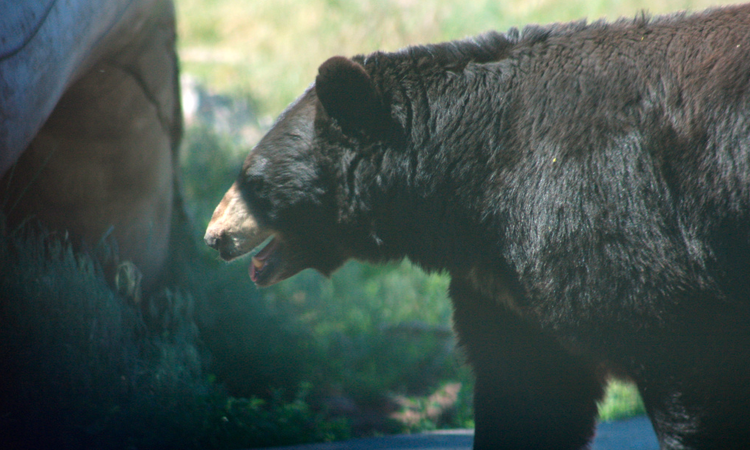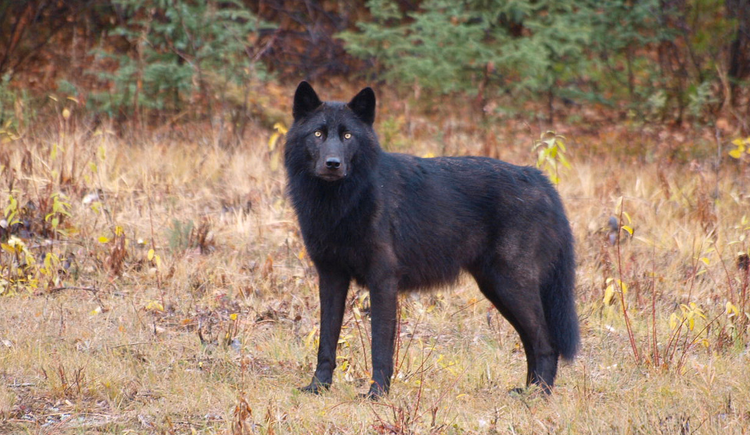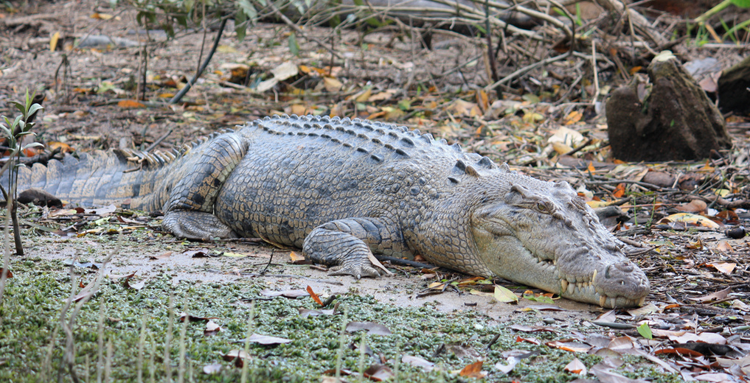How To Defend Against Wild Animal Attacks
We all hear stories of humans being attacked by animals, but we never think it could happen to us. Well, it’s time to get real.
Especially for you Adrenalists who thrive in the outdoors and expose yourselves to more wildlife than others, it’s vitally important to be versed in defense tactics in the improbable, yet totally possible, instance that any number of animals may see you as a threat or snack.
As is the case with any type of self defense, there’s no one way to ward off an attack. Each differs in its ferocity and its perpetrator’s confrontation triggers and fighting abilities. That’s why we’ve distilled five widely applicable means of warding off (or surviving) bloodshed brought to bare by various species, from bears to dogs to sharks. Though there are interspecial similarities in deterrence tactics, there are also very important differences that must be heeded. Your ability to decipher these could be a matter of life or death, so read closely.
 Photo Credit: Tambako the Jaguar / Flickr.com
Photo Credit: Tambako the Jaguar / Flickr.com
Stay Still
One of the most common pieces of advice heard when discussing animal attack survival is, “stay still,” and, by and large, it’s a good call. When dealing with many animals, from dogs to bears to mountain lions, your remaining stationary will likely communicate that you’re not a threat and the pursuing creature will usually move on. Running, though it’s often our first instinct when we find ourselves in potentially deadly situations, is the wrong move. Most animals love chasing prey as much as we love not getting eaten, and they’re pros at catching up to whatever they want. Fleeing just says “come get me.”
 Photo Credit: andrusdevelopment / Flickr.com
Photo Credit: andrusdevelopment / Flickr.com
Lie Face Down
In some rare cases, staying still won’t be enough to deter an attack and you’ll find yourself in the throes of conflict with a set of jaws much more powerful than your fists. Especially when facing off against dogs or bears, the best thing to do is lie with your face and jugular toward the ground. Playing dead works for the same reasons standing still does. It lets the animal know you’re not a threat. In the case of a dog attack, experts say attempting to feed the canine a removable article of clothing, a purse or a backpack may also work to get its jaws off of you and onto something truly inanimate.
 Photo Credit: Joi Ito / Flickr.com
Photo Credit: Joi Ito / Flickr.com
Fight Back
While avoidance is always the best method of defense, especially when your foe is a wild beast, sometimes you just have to swing back. This is especially true with sharks, reported by Discovery, and crocodiles, as reported by eHow. In both cases, once an attack is underway, it’s the human’s job to prove he’s too much trouble to eat. That’s communicated by inflicting pain. For sharks and crocs, a tried and true method of deterrence is striking the animals’ nose or eyes. Hitting sharks’ gills is also a good survival strategy. Jabs should be quick and repeated. Big wind ups will only waste precious time and decrease accuracy. Basic rule of thumb: if you find yourself striking something with big, chomping jaws lined with razor-sharp teeth, it’s a good idea to make every blow count.
 Photo Credit: Bruce McKay Yellow Snow Photography / Flickr.com
Photo Credit: Bruce McKay Yellow Snow Photography / Flickr.com
Intimidate
It’s difficult to consider yourself intimidating when you’re up against a blood-thirsty killing machine, but sometimes that’s exactly what you’ve got to do if you want to walk away in one piece. Experts say that mountain lions are deterred by prey that appears big and tall, as reported by eHow. To achieve this look, humans should always stand upright with their chests out. They should also open their jackets (if seasonally appropriate) and hold up their arms to appear wider and taller. Picking up any nearby small children, a no brainer in a situation like this, will also help achieve the desired effect of seeming imposing.
 Photo Credit: Jemasmith / Flickr.com
Photo Credit: Jemasmith / Flickr.com
Make an Escape
It’s usually a bad or useless idea to run, but there are exceptions to this rule, as reported by SixWise. Experts report climbing a tree or hiding behind a large rock can be effective in dodging aggressive moose, and humans can usually avoid crocodile attacks by running away in a straight line (crocs don’t like chasing their prey). For any animal, even those around which you should minimize movement, it will be necessary to make an exit at some point during the encounter. Your core instinct should always be to minimize engagement and remove yourself from the dangerous situation as quickly as possible. If you see an opportunity, take it. The key, as is the case with any life or death decision, is timing and, as wonderful as it is to be familiar with these defense tips, you’ll need to rely on your instincts because no two scenarios will ever be exactly alike.



Comments